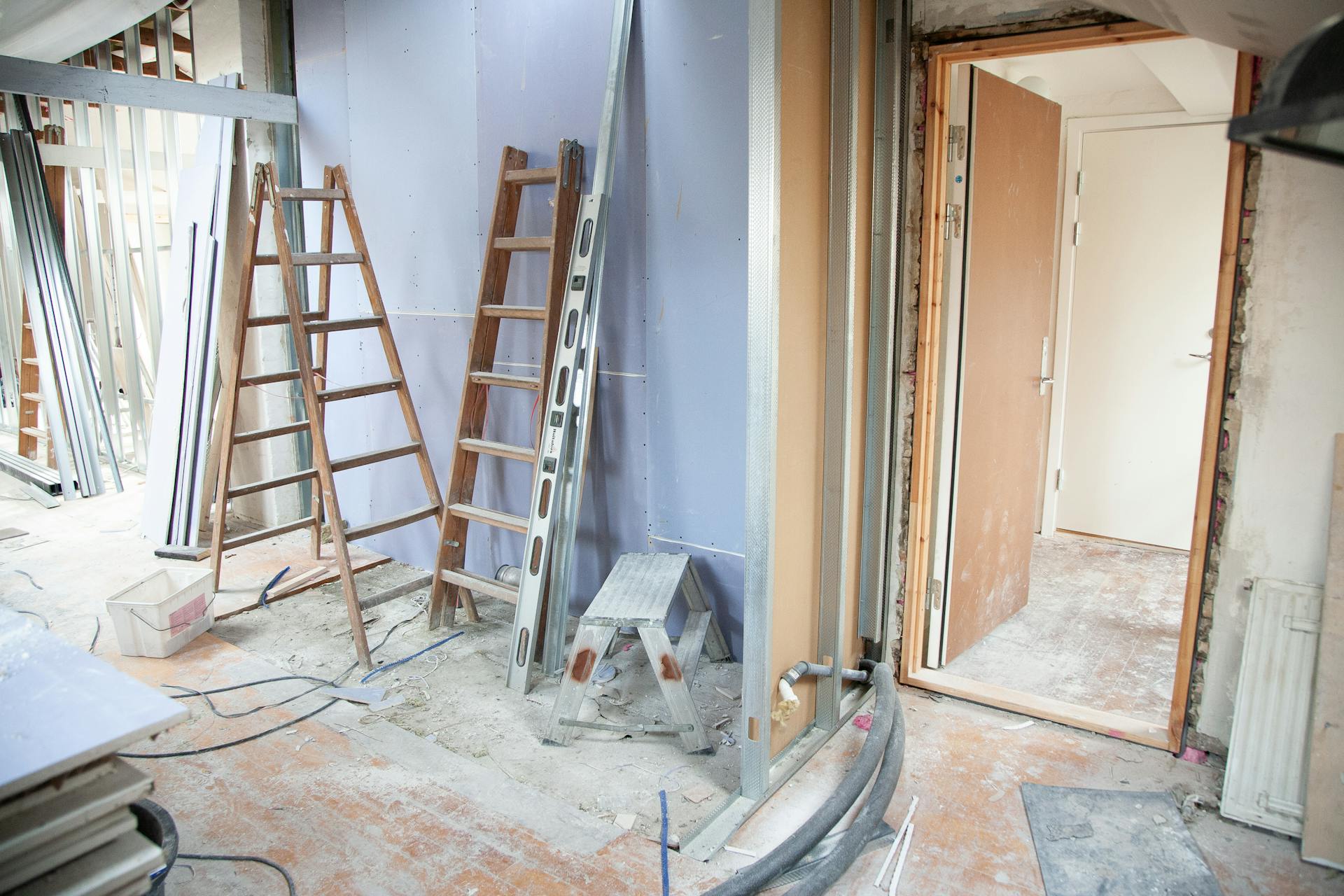Planning a renovation or remodel? Whether you’re tackling a small upgrade or a major overhaul, one of the first questions to ask is: Do I need a permit? The answer isn’t always clear-cut, but understanding when permits are required can save you from costly setbacks down the road.
What Is a Building Permit?
A building permit is formal approval from your local city or county allowing you to carry out specific types of construction or renovation. These permits exist to ensure that any structural, electrical, or mechanical work meets local building and safety codes. It’s how municipalities protect homeowners, neighbors, and future buyers.
Common Projects That Require a Permit
In general, if your project alters your home’s structure, involves major systems like electrical or plumbing, or affects safety, you’ll likely need a permit. Here are examples:
- Removing load-bearing walls
- Expanding the footprint of your home or changing interior layouts significantly
- Modifying your roofline
- Adding new electrical wiring or circuits
- Major plumbing work (like moving drains or installing sewer lines)
- Building or enlarging decks over a certain height
- Installing a new fireplace, furnace, water heater, or HVAC unit
- Constructing additions, garages, or pools (in-ground or above-ground)
- Creating new window or door openings in exterior walls
- Converting garages into living space
- Installing fences taller than a specified height (often 6 feet)
Even temporary changes—like placing a dumpster on a public street—may require a permit in some areas.
Projects That Might Need a Permit
Some renovations fall into a gray area, depending on local ordinances:
- Moving or replacing plumbing fixtures (like relocating a sink)
- Demolishing non-load-bearing walls
- Removing trees (especially protected or mature trees)
- Replacing windows or doors
- Building retaining walls
Always check with your local building department for clarity. Requirements can vary not just by city, but sometimes by neighborhood or HOA.
What Usually Doesn’t Require a Permit
Many cosmetic or surface-level upgrades can be done permit-free, such as:
- Interior and exterior painting
- Replacing flooring or countertops
- Installing new light fixtures or plumbing fixtures
- Minor electrical updates (like swapping a light switch)
- Re-roofing with new materials
- Siding replacement
- Building small detached sheds without plumbing or electrical
- Replacing existing deck surfaces
- Parking a dumpster on your own driveway
Still, it’s wise to double-check local regulations before you begin—even seemingly minor changes can come with rules in some areas.
How to Get a Permit
If your project needs a permit, you’ll apply through your local city or county office. Requirements and processes vary, but typically:
- Submit plans — For major renovations, you may need to provide drawings or specifications.
- Wait for approval — Simple projects might be approved immediately. Larger ones may require a plan review.
- Undergo inspections — Most permitted projects are inspected during and/or after completion to ensure code compliance.
- Get final sign-off — A final inspection clears your project, officially closing out the permit.
If you’re working with a contractor, ask upfront whether they’ll be handling permits. Never assume—it’s ultimately your responsibility as the homeowner. Failure to get the proper permits can halt your project, lead to fines, or cause issues during resale or refinancing.
When in doubt, check it out. Securing the right permits ensures your renovation is legal, safe, and up to code. If you’re not sure where to start, reach out to your local building department or ask a licensed contractor for guidance.




